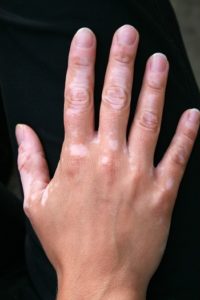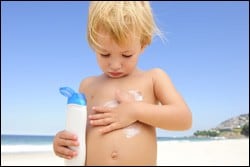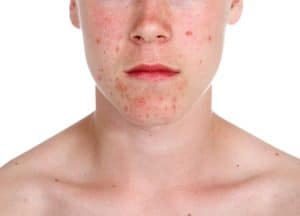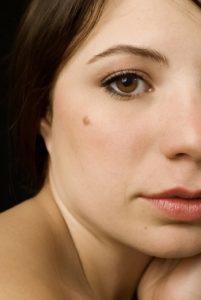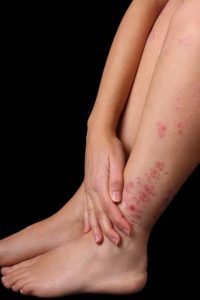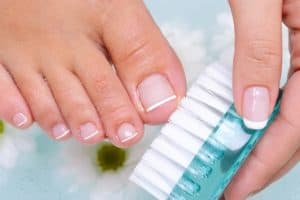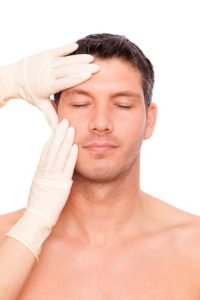Find out about Lupus, what this autoimmune disorder means for your skin health.
According to the Lupus Foundation of America, approximately 1.5 million Americans and five million people globally have some form of lupus. While it can affect both men and women, about 90 percent of those diagnosed are women between the ages of 15 to 44. Even though this chronic autoimmune disease affects millions, significantly less than half of the people are actually somewhat familiar with the disease.
So, what exactly it is, how can you contract this disorder, and what treatment options are available?
About Lupus
Our immune system is meant to attack foreign agents in our body to fight diseases and other infections. However, if you have been diagnosed with it then your immune system actually responds by attacking the healthy cells within your body. This ultimately causes damage to certain organs in the body like your heart, skin, and brain.
There are different types of lupus; however, the most common form is systemic lupus erythematosus. Discoid lupus is known for causing a persistent skin rash, subacute cutaneous lupus causes skin sores when exposed to the sun, druginduced lupus is the result of a certain medication and neonatal lupus affects infants.
Know that you aren’t alone when it comes to handling your symptoms. While symptoms can be severe and affect your daily life talk to your dermatologist about the best ways to reduce your symptoms and improve your quality of life.
Risk Factors
While anyone can develop it, women are more likely to develop this condition. Also, African American, Hispanic, Native American, and Asian women are at an increased risk over Caucasian women. While the cause is unknown, some research has found that perhaps genes play an influential role in the development; however, there are several factors that could be at play.
Lupus Symptoms
Those with lupus may experience some or all of these symptoms:
- Muscle aches and pains
- Joint pain and swelling
- Skin rashes, most commonly found on the face
- Fever
- Chest pain when breathing deeply
- Loss of hair
- Pale fingers and toes
- Sun sensitivity
- Mouth sores
- Extreme fatigue
- Leg or eye swelling
- Swollen glands
These symptoms may not be present all the time. Those with lupus have flareups in which the symptoms will appear for a little while and then go away. Also, new symptoms may also arise at any time.
Lupus Treatments
If you’ve been diagnosed with lupus then you will most likely need to see several specialists regarding your condition. If you are dealing with skin sores and rashes, then you will want to talk to your dermatologist about the best treatment plan for you. About 40 to 70 percent of those with it experience symptoms when exposed to sunlight.
When you come to our office for treatment our goal is to find certain medications that can reduce pain, swelling, and redness and prevent further flareups. Furthermore, we will recommend sunscreen and other lifestyle changes that can help to protect your skin from damaging sun exposure.
Other Top Articles
Mole Removal Diagnosis And Treatment
What Is Vitiligo?
Best SPF Sunscreen For Optimal Skin Protection
Everything You Need to Know About Skin Cancer
Battling Teenage Acne
How To Monitor Moles
Living With Psoriasis
Rosy Complexion? Flushed Cheeks? You May Have Rosacea
Nail Care: Keeping Fingers and Toes In Tip-Top Shape
Know Your Skin Type
Mole Removal
Worried about that mole? A mole is a dark spot or irregularity in the skin. Everyone is at risk of skin cancer and should keep an eye on their skin and moles. Simply thinking about having a skin mole removal might send shivers down your spine, but sometimes it’s necessary for your health. For example, if a biopsy is cancerous, removing the mole can help to stop any cancer from growing more. But many individuals also have moles removed for cosmetic reasons.
What Causes Moles?
Skin moles occur in all races and skin colors. Some individuals are born with moles. Most skin moles appear in early childhood and during the first 20 years of a person's life. New moles appearing after age 35 may require medical evaluation and possible biopsy. Some moles appear later in life. Sun exposure seems to play a role in the development of skin moles. People with high levels of exposure to UV light tend to have more moles. However, moles may also occur in sun-protected areas.
How Is It Done?
Mole removal is a simple kind of surgical procedure. Your doctor will likely choose one of two ways: surgical shave or surgical excision. Surgical shave is done more often on small skin moles. After numbing the area, your healthcare provider will use a blade to shave off the mole and some tissue underneath it. Stitches aren’t usually required. During the surgical excision procedure, your doctor will numb the area. He or she will use a circular blade or scalpel to cut out the mole and some skin around it. The doctor will then stitch the skin closed.
Can a Mole Grow Back?
There's a small chance that a mole can grow back after mole surgery, although there's no way to predict whether this will happen. It's important to understand that no surgery has a 100 percent cure rate. Some mole cells may remain in the skin and may recur in the same area. Some skin moles are more aggressive than others and need closer follow-up and additional treatment.
Are There Any Risks?
Risks of mole removal methods include infection, rare anesthetic allergy, and very rare nerve damage. Follow your doctor's instructions to care for the wound until it heals. This means keeping it covered, clean and moist. The area may bleed a little when you get home, especially if you take medications that thin your blood. It's always prudent to choose a doctor with appropriate skills and experience with these removals. This will lower the risks associated with this procedure.
Take charge of your health today. Regular self-skin examinations and annual skin examinations by a doctor help people find early skin cancers. If you need a mole check, find a dermatologist near you and schedule your annual skin cancer screening. A simple skin cancer screening could save your life.




